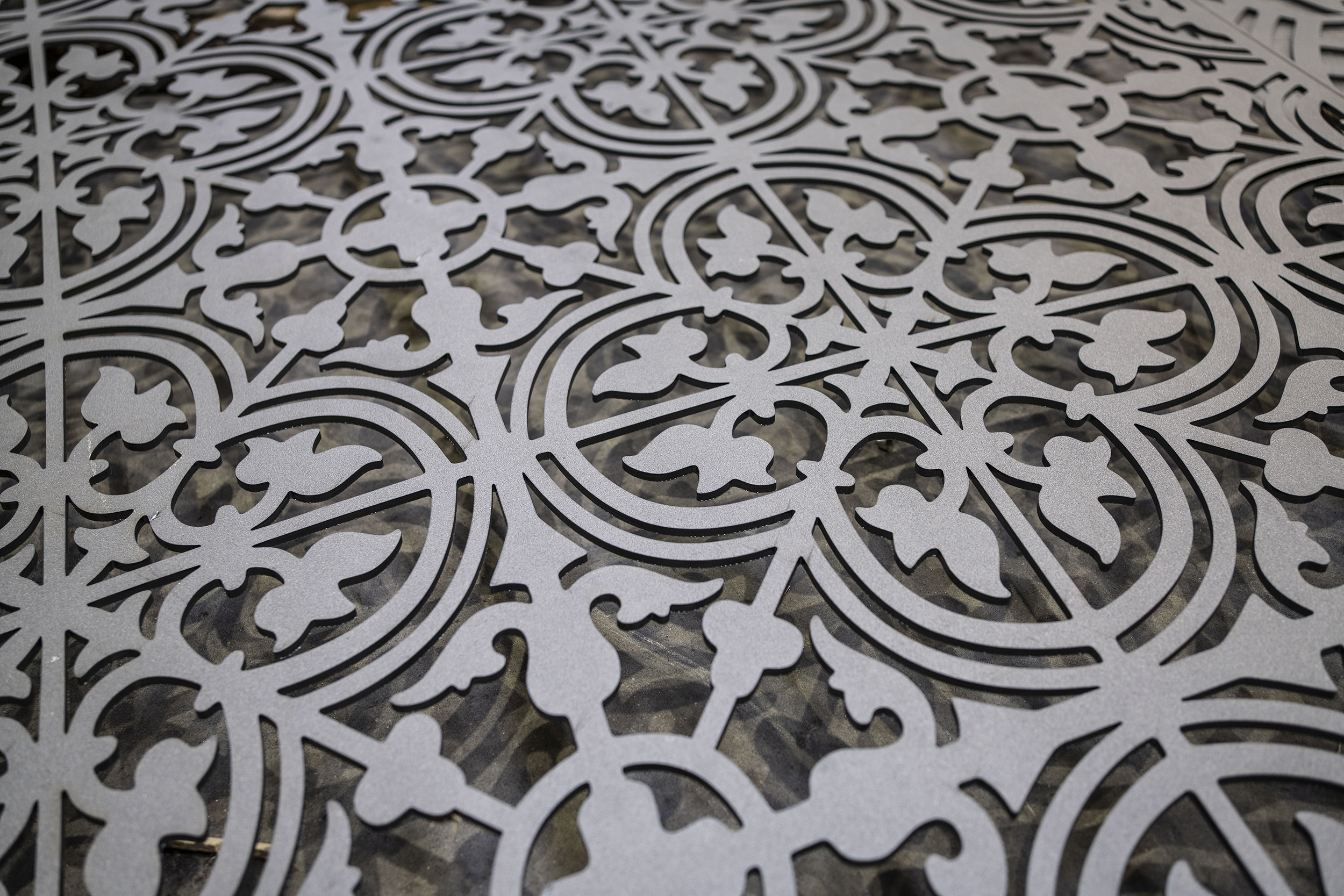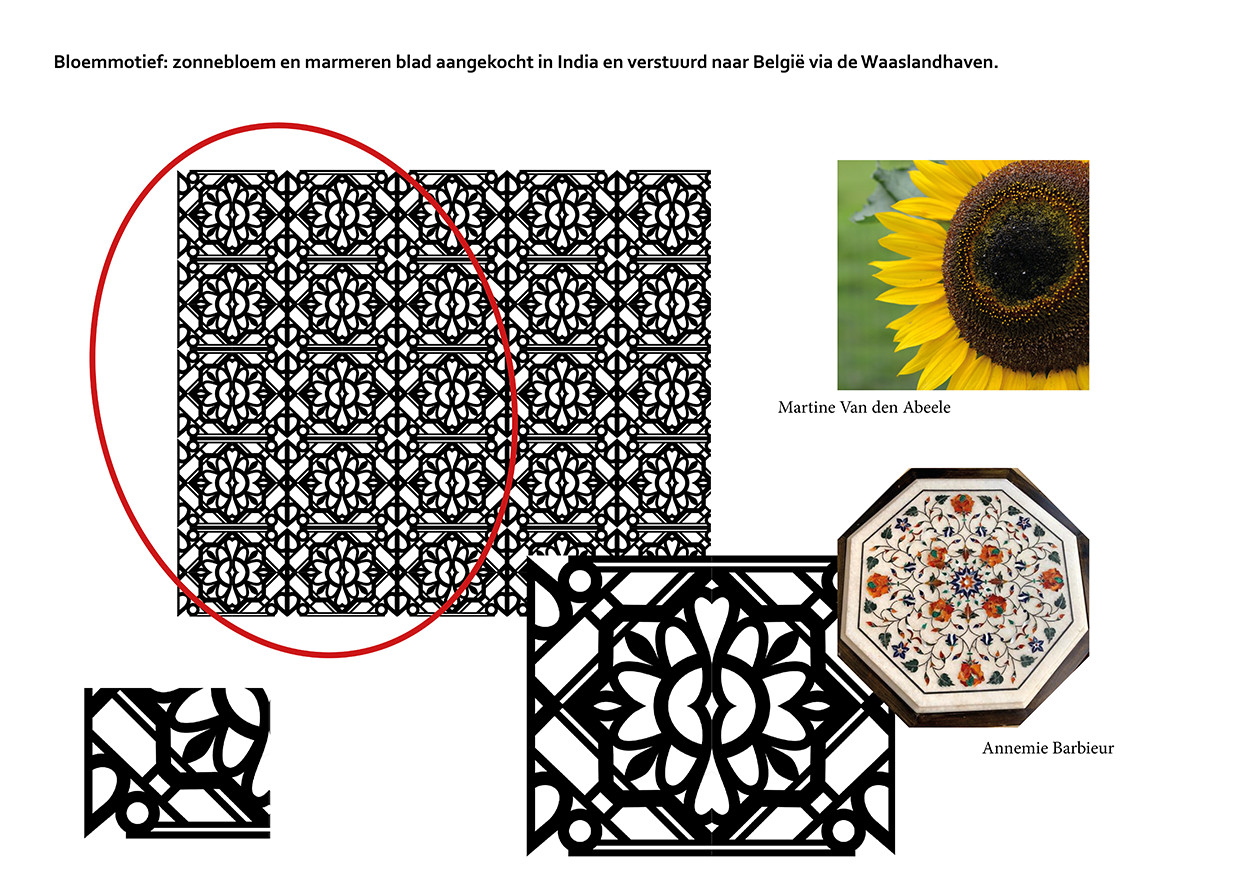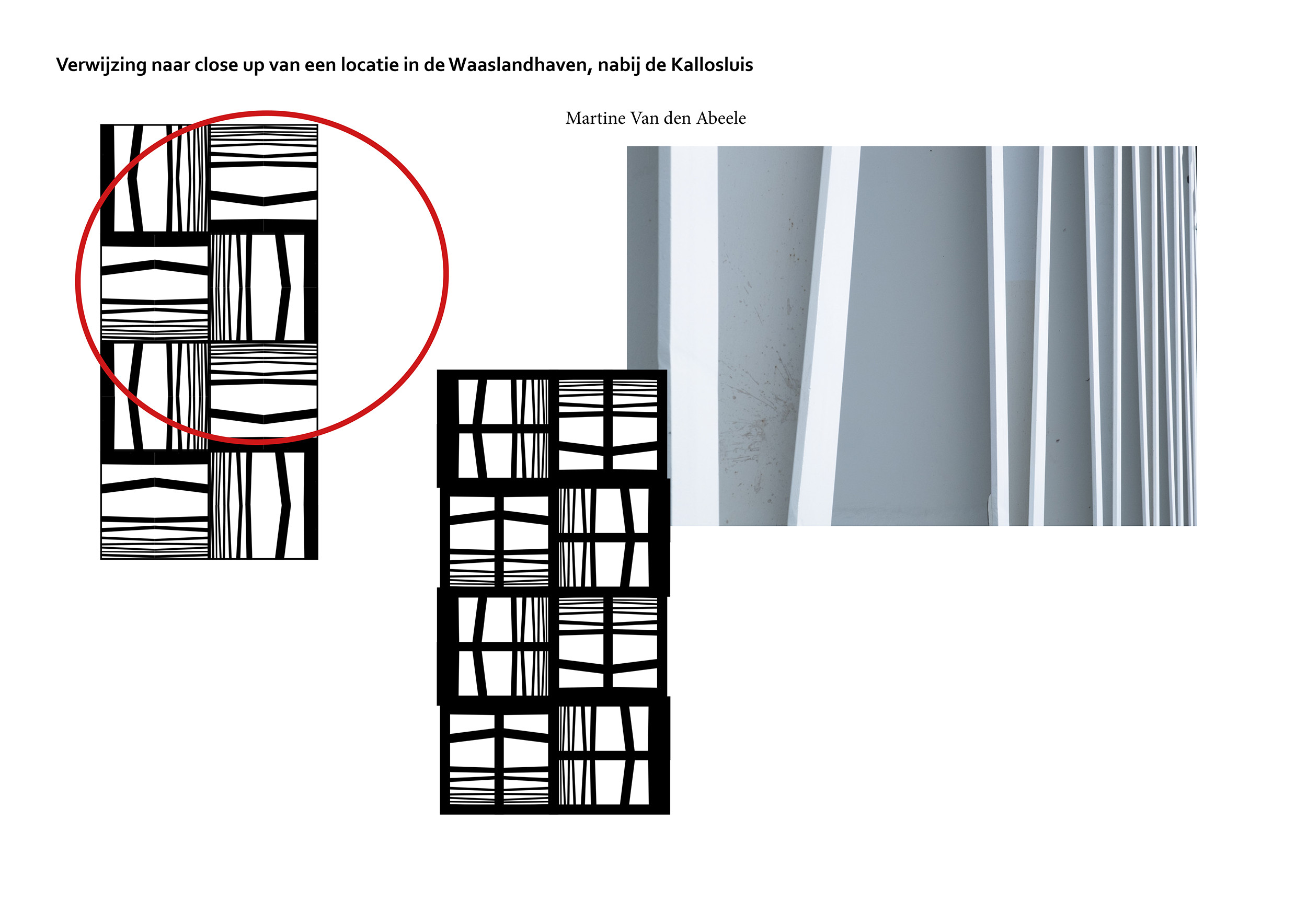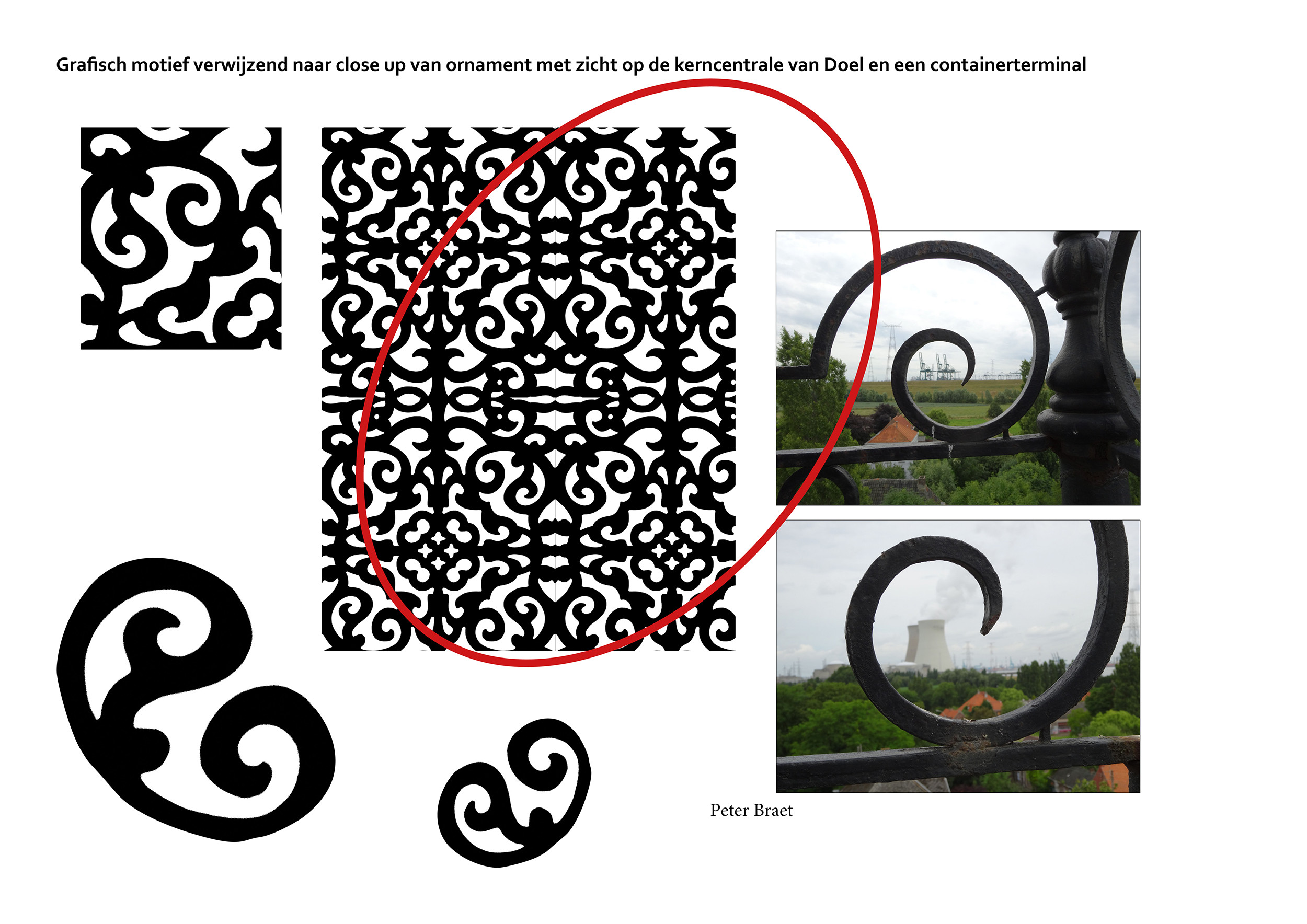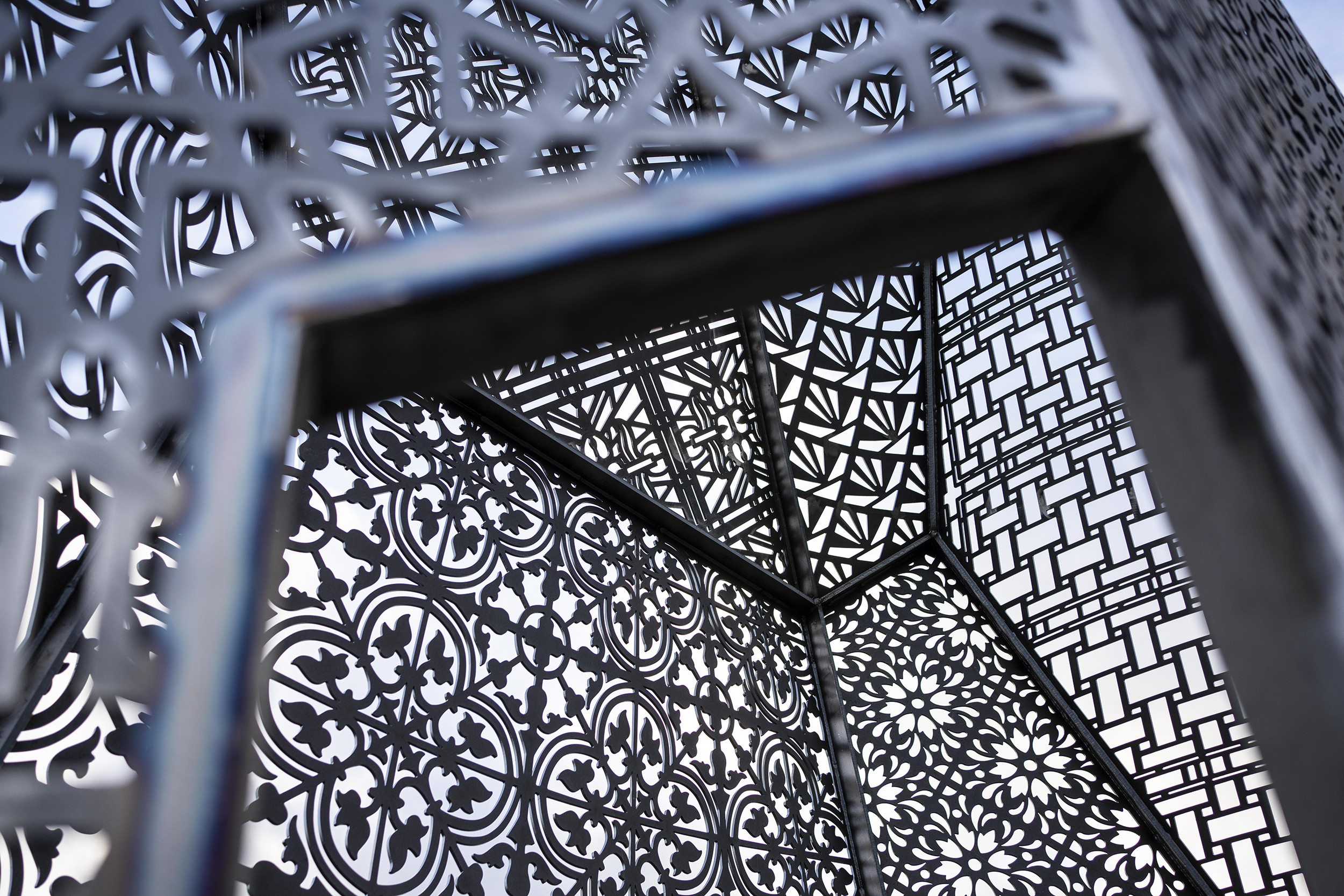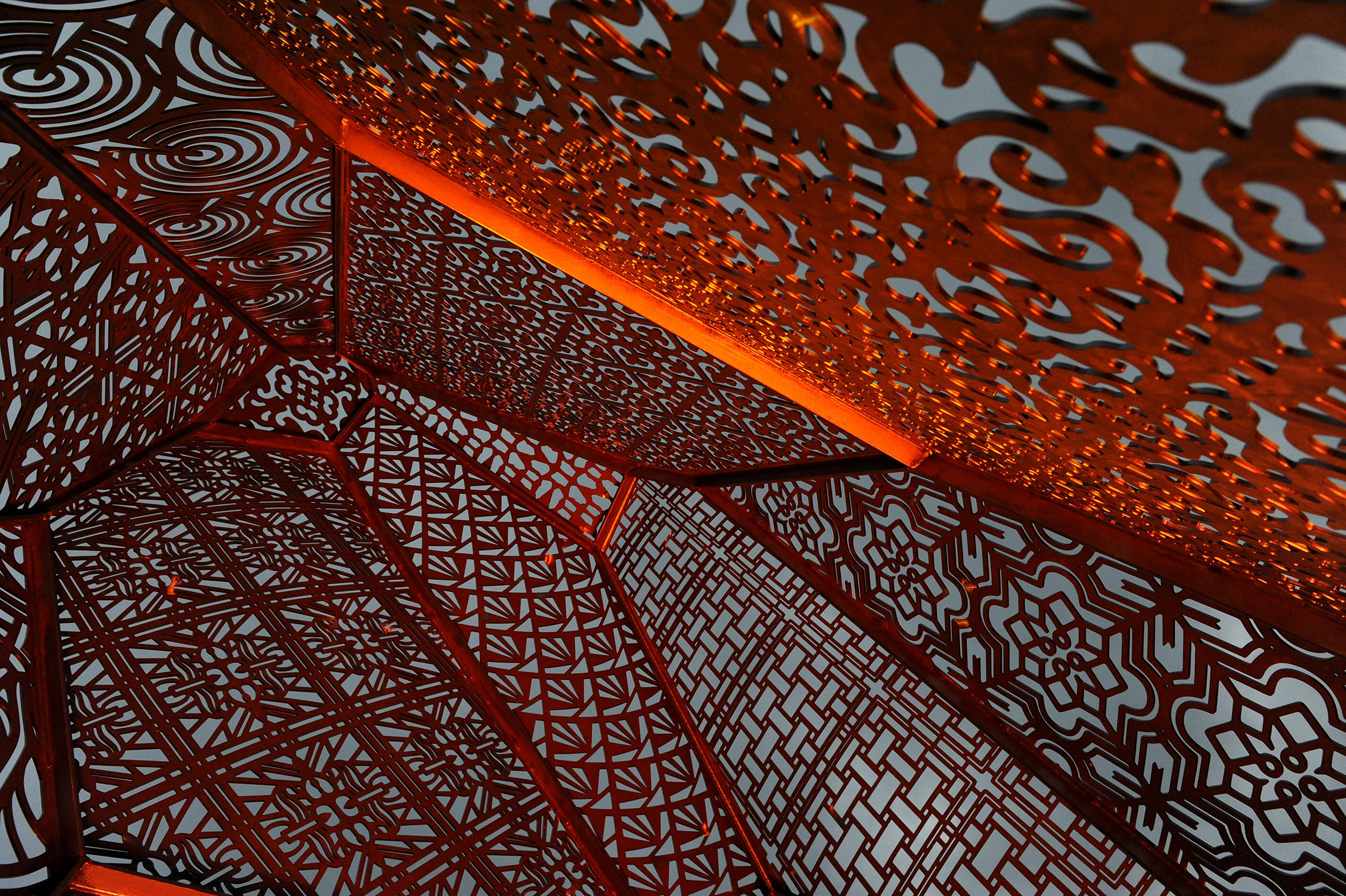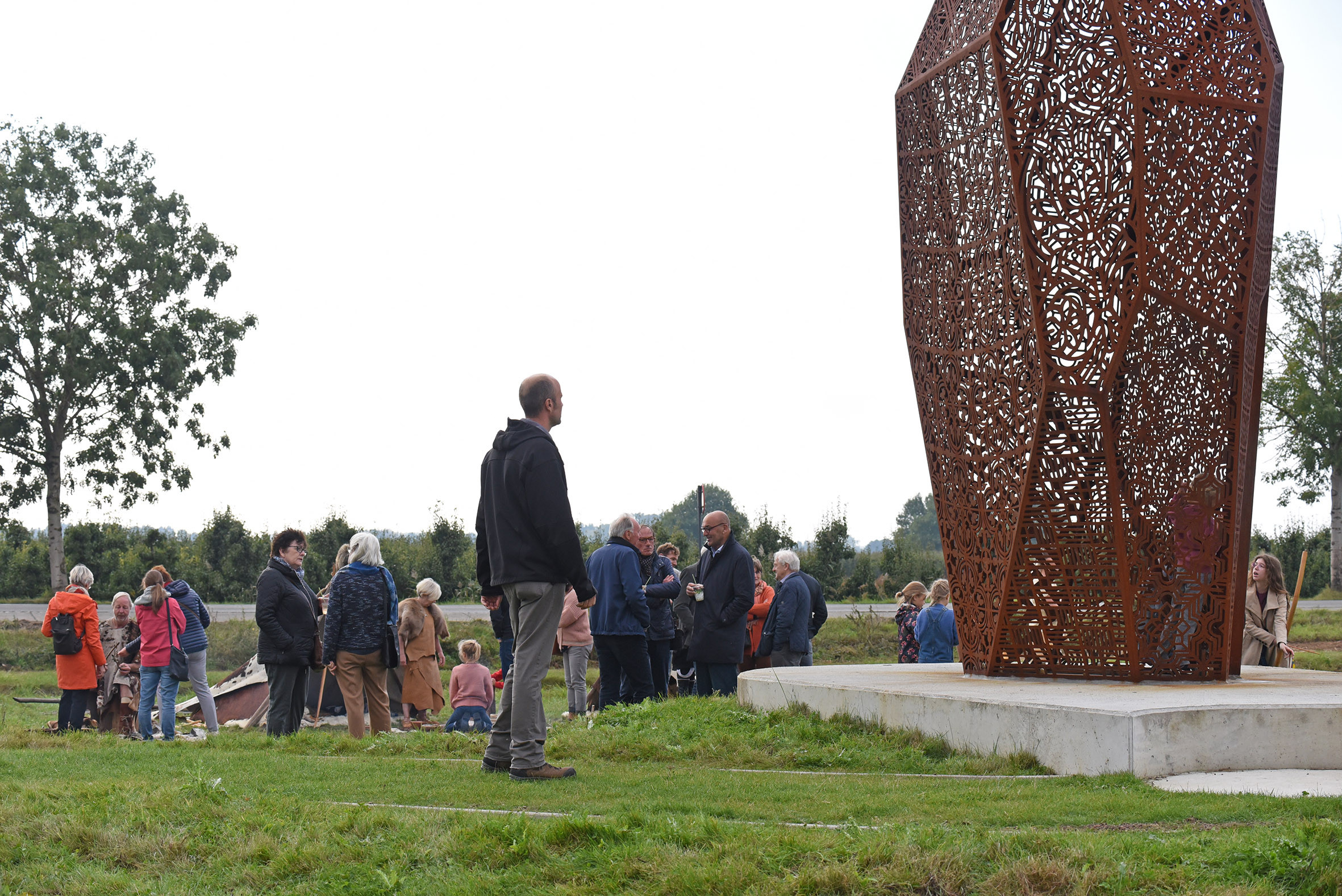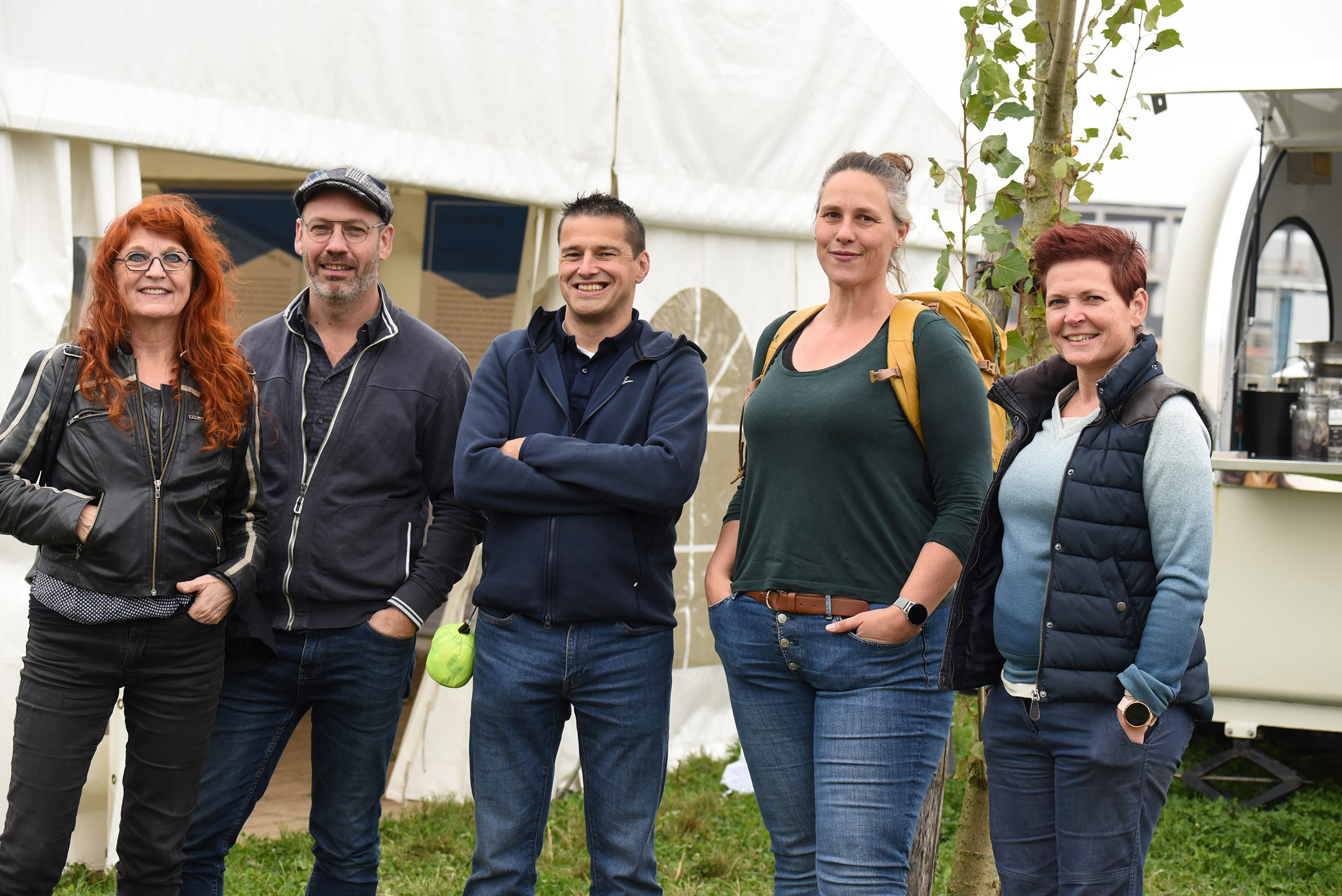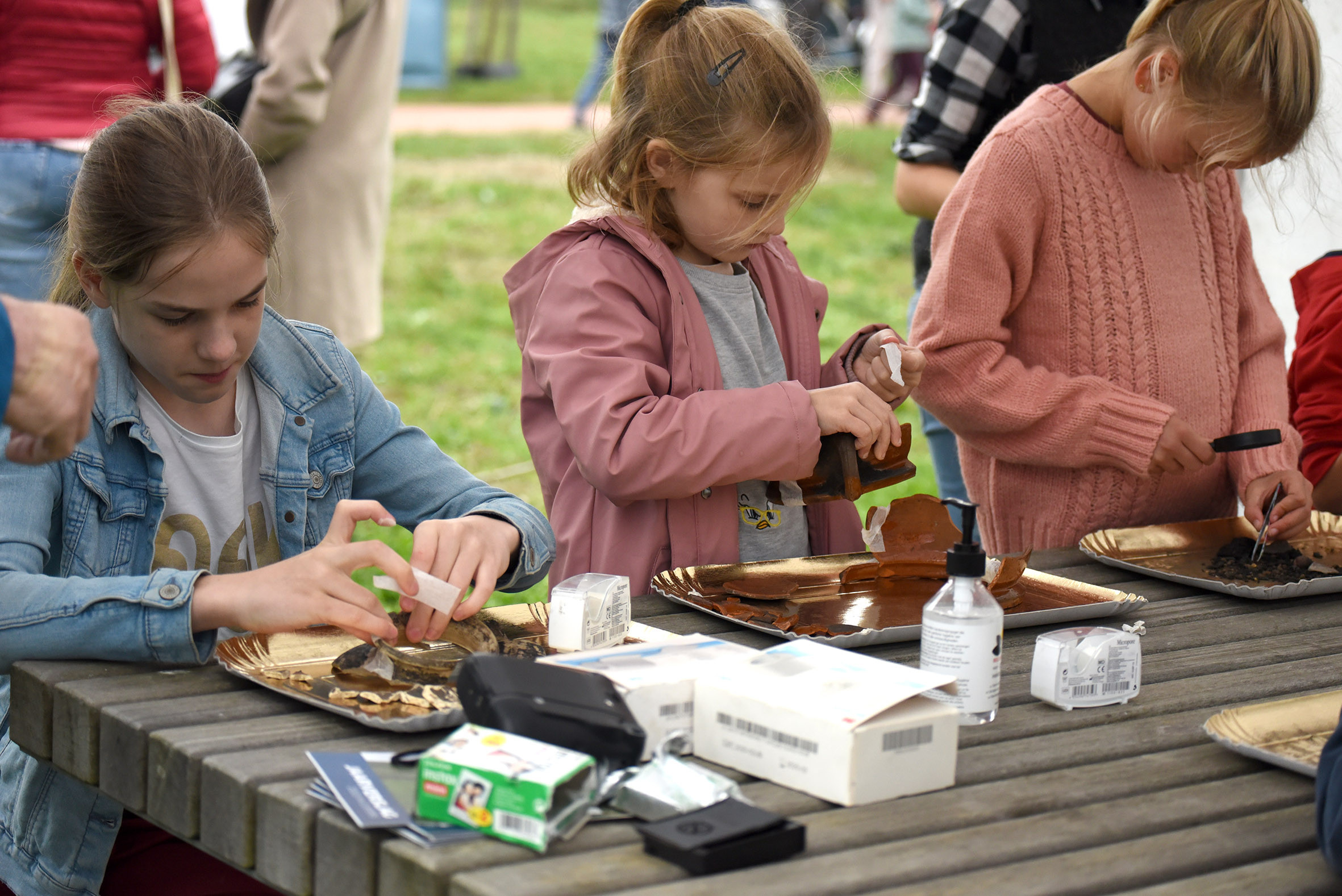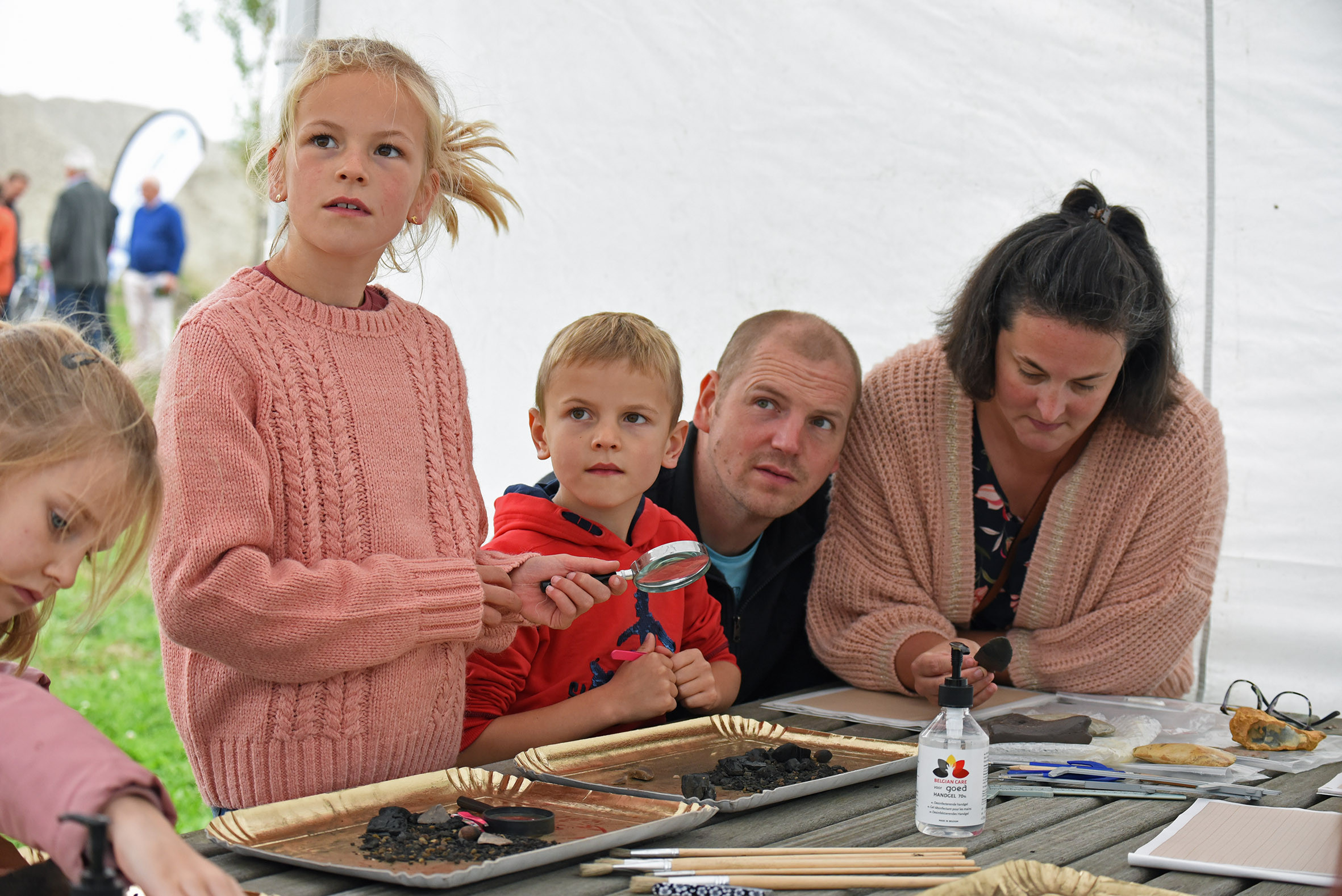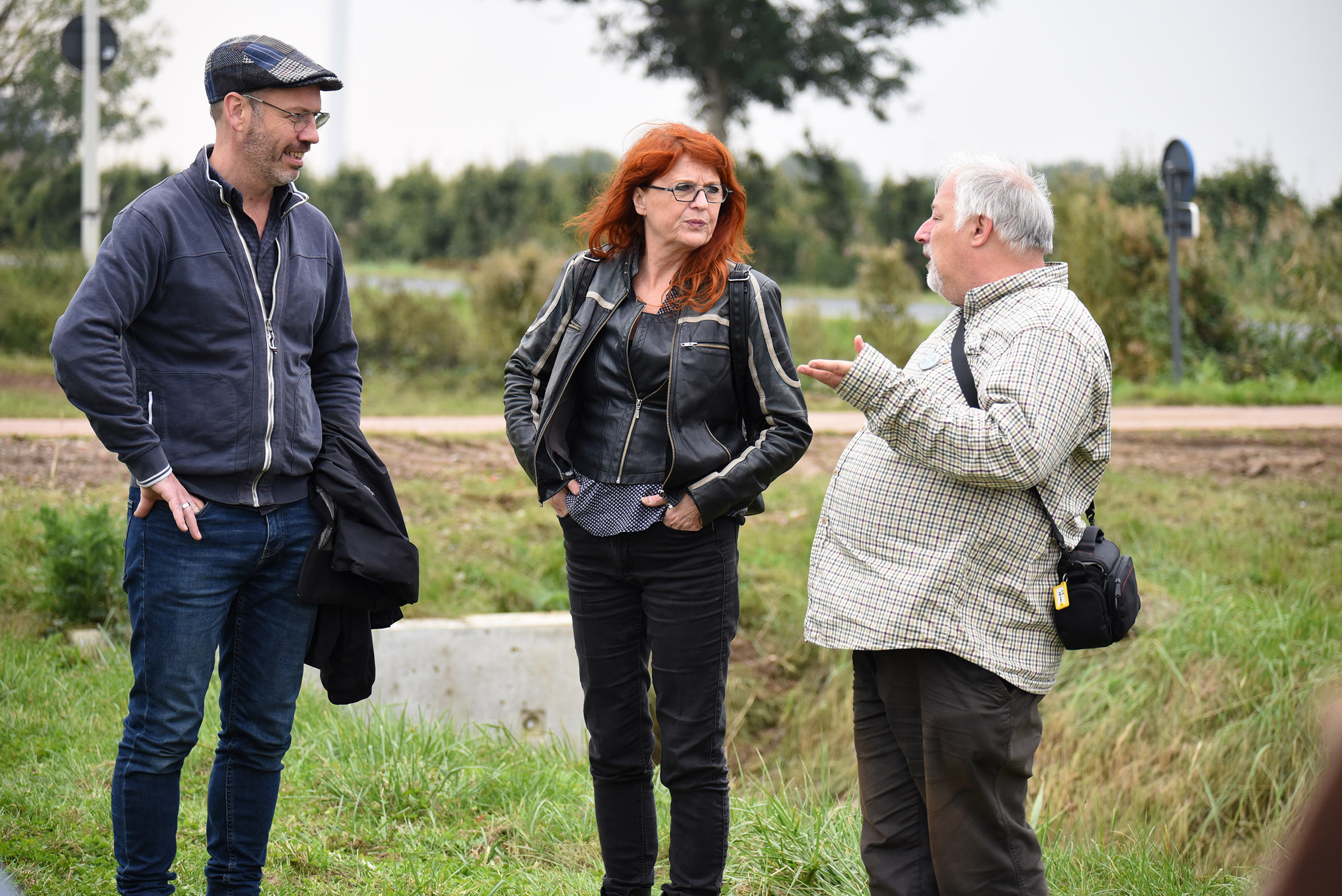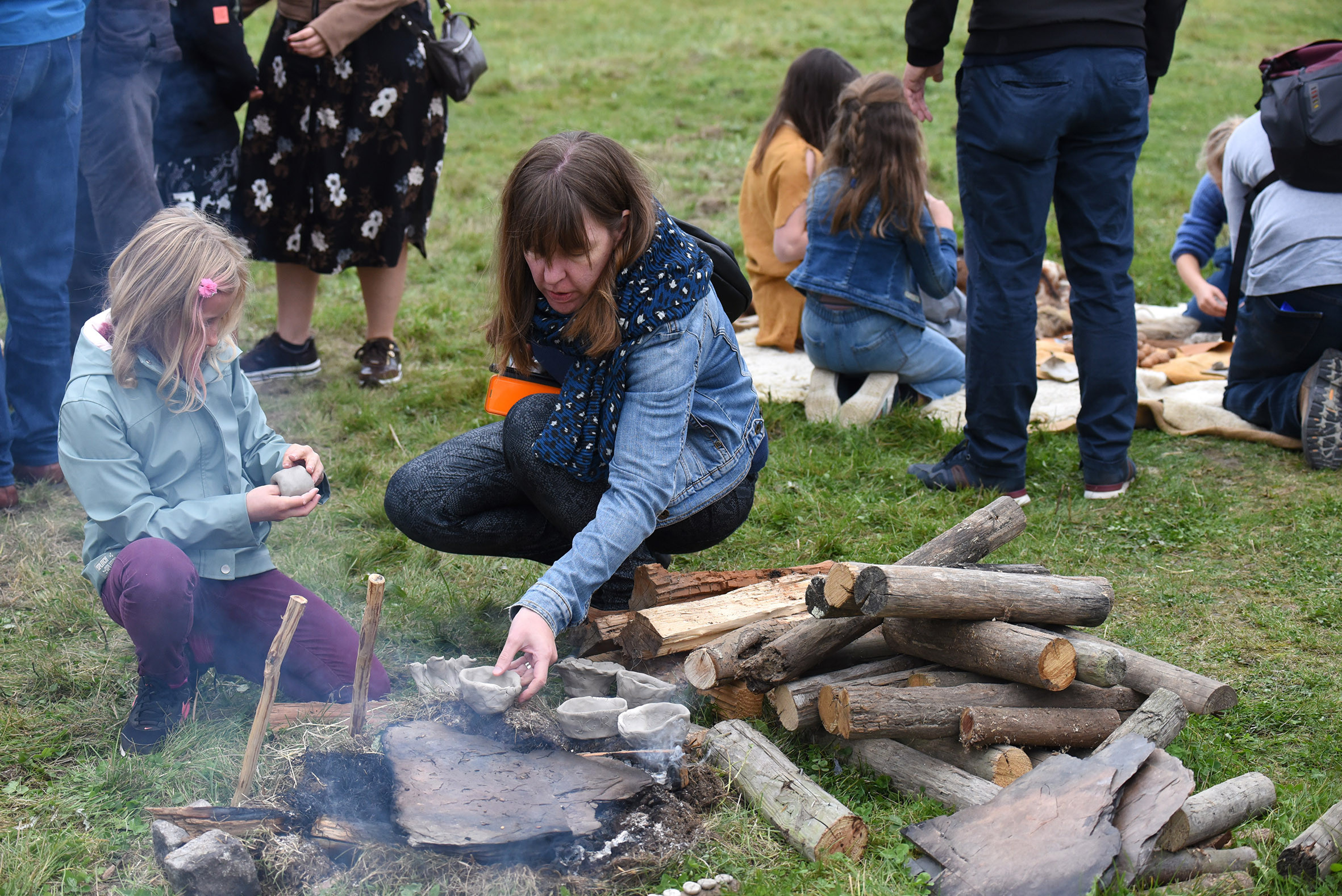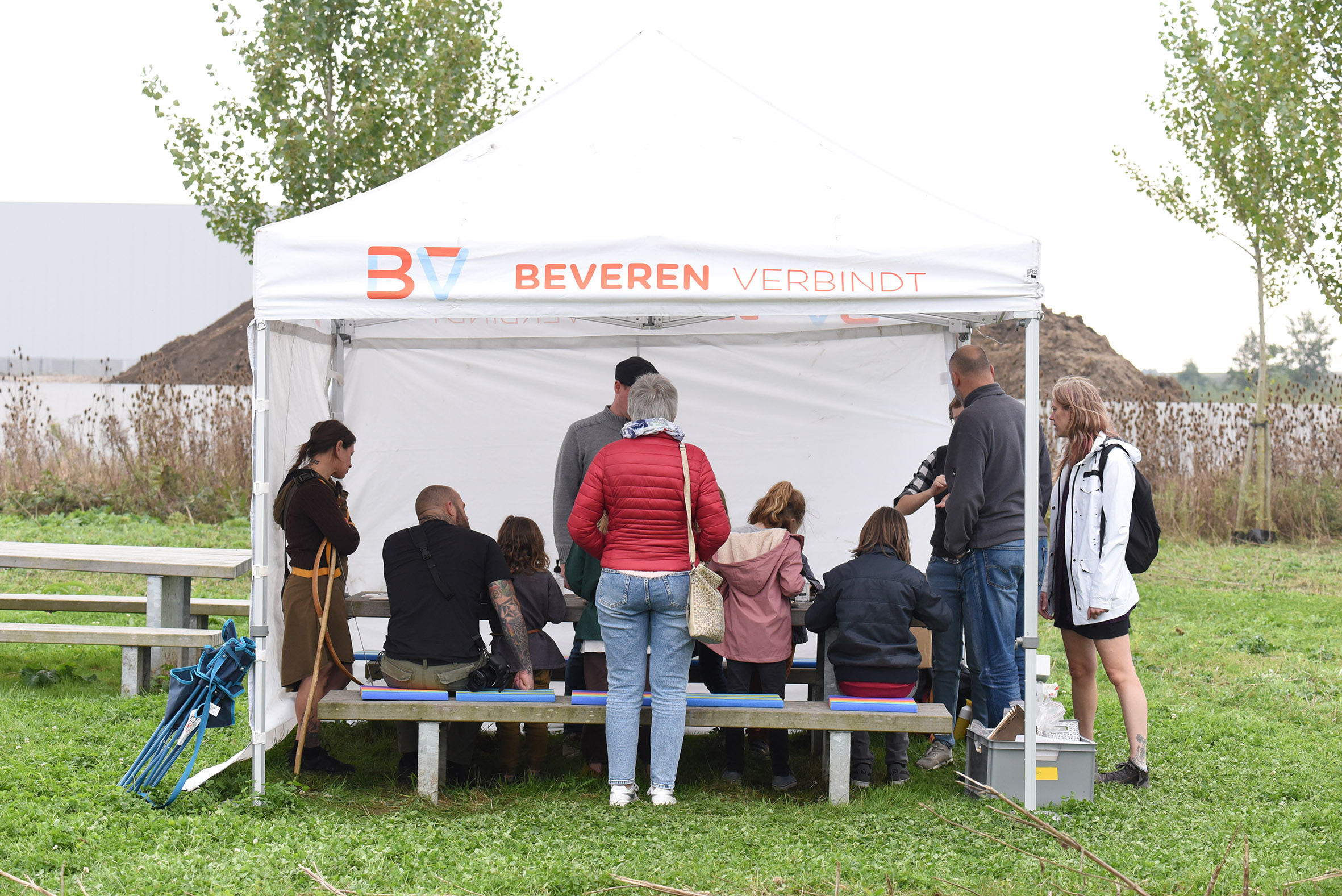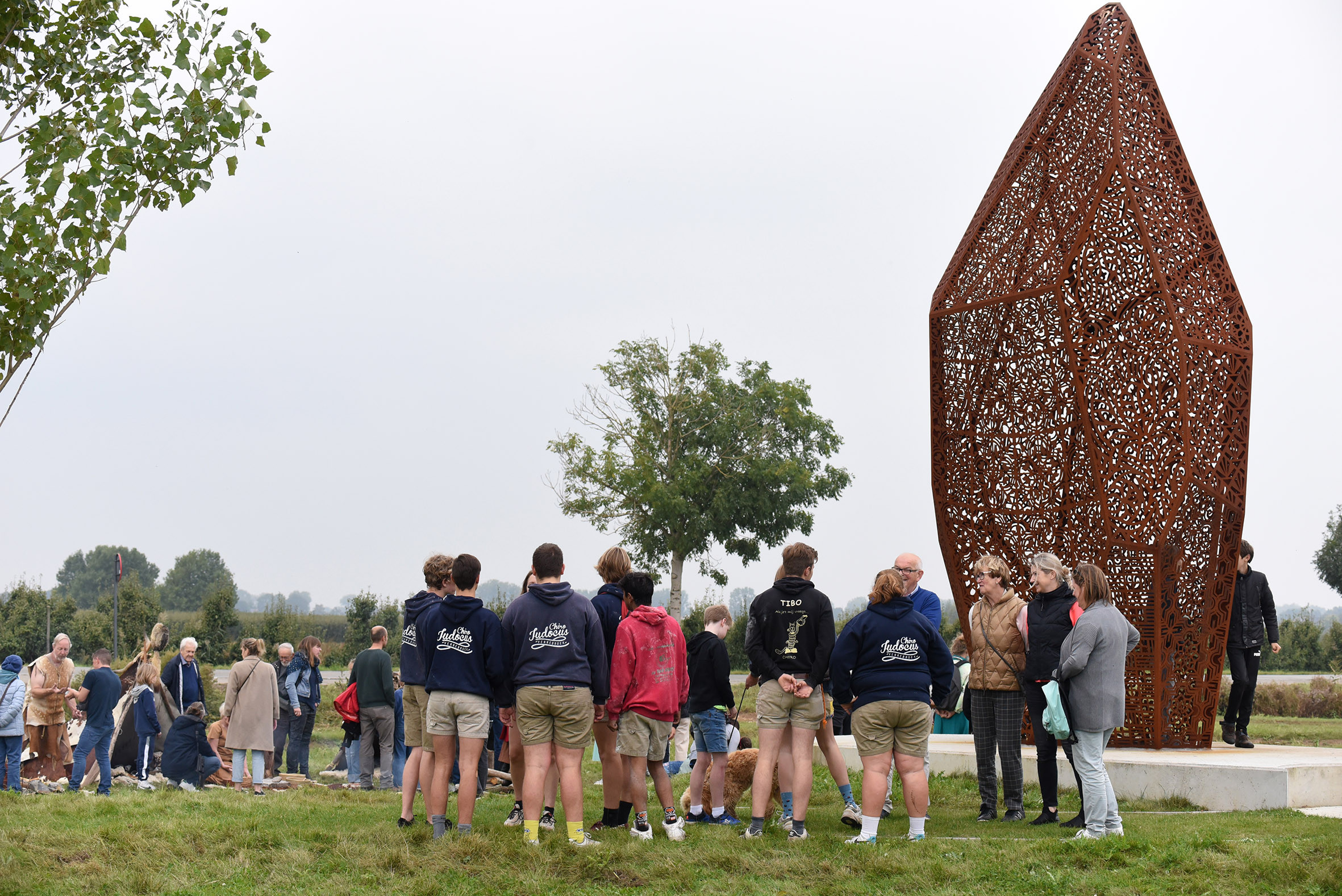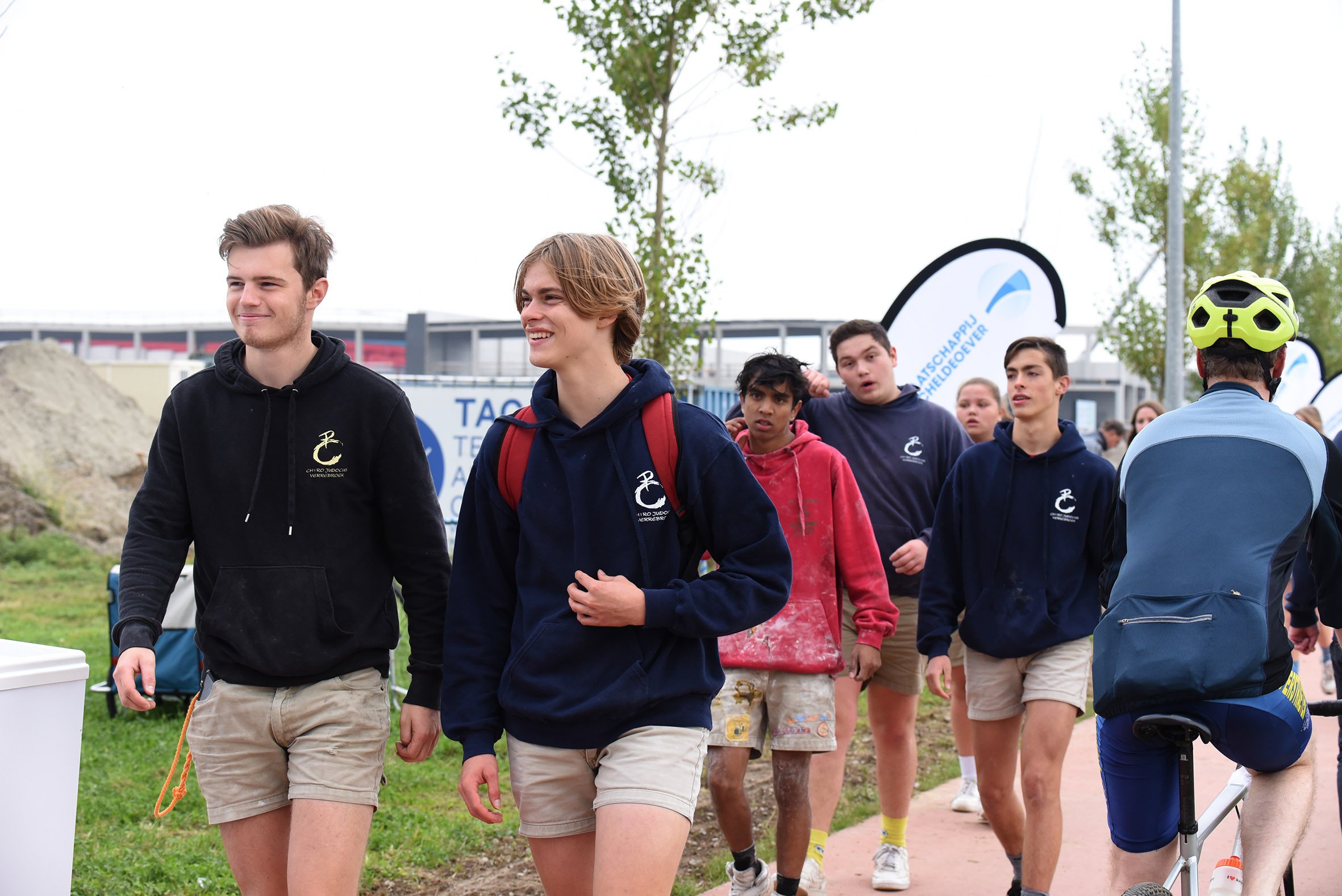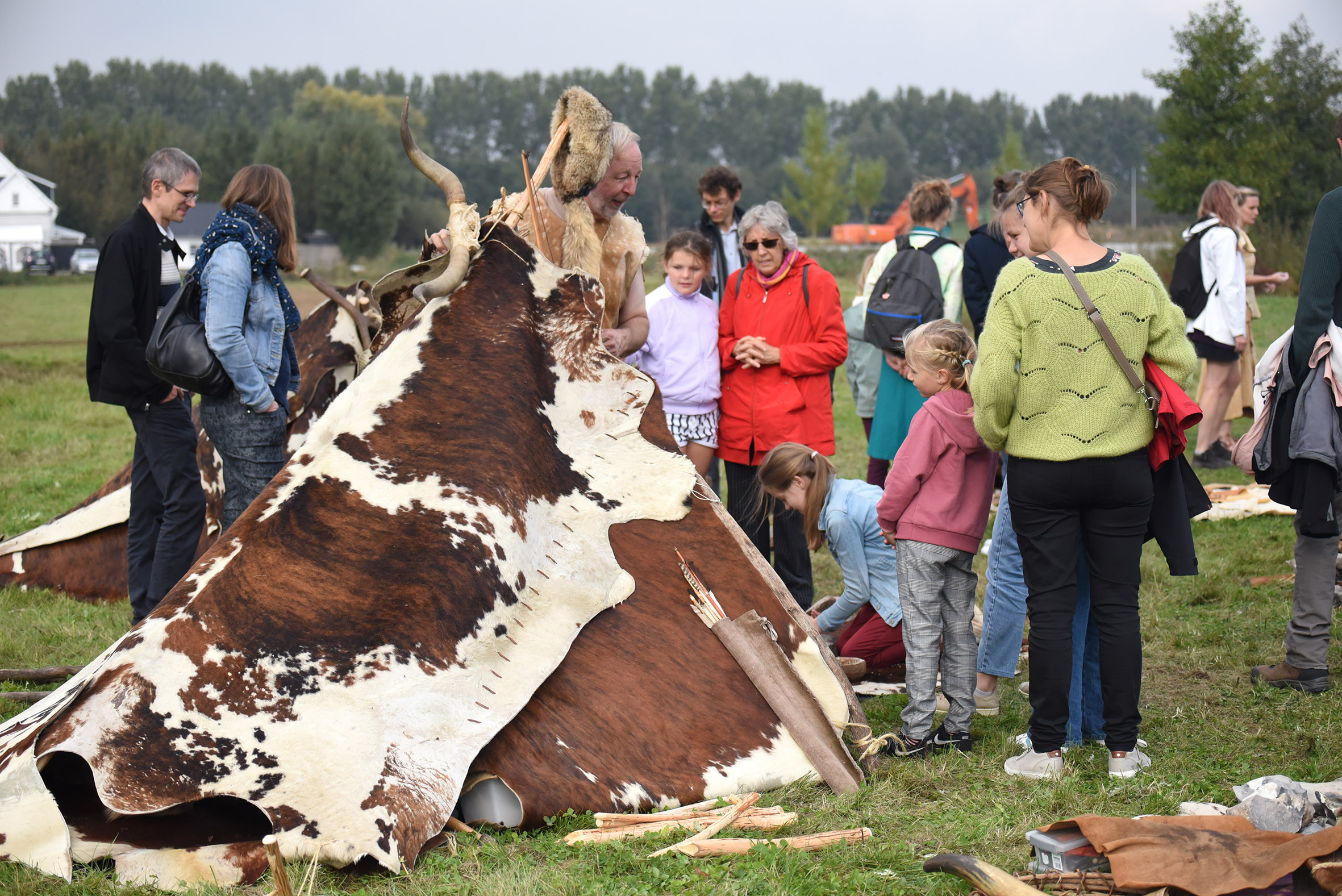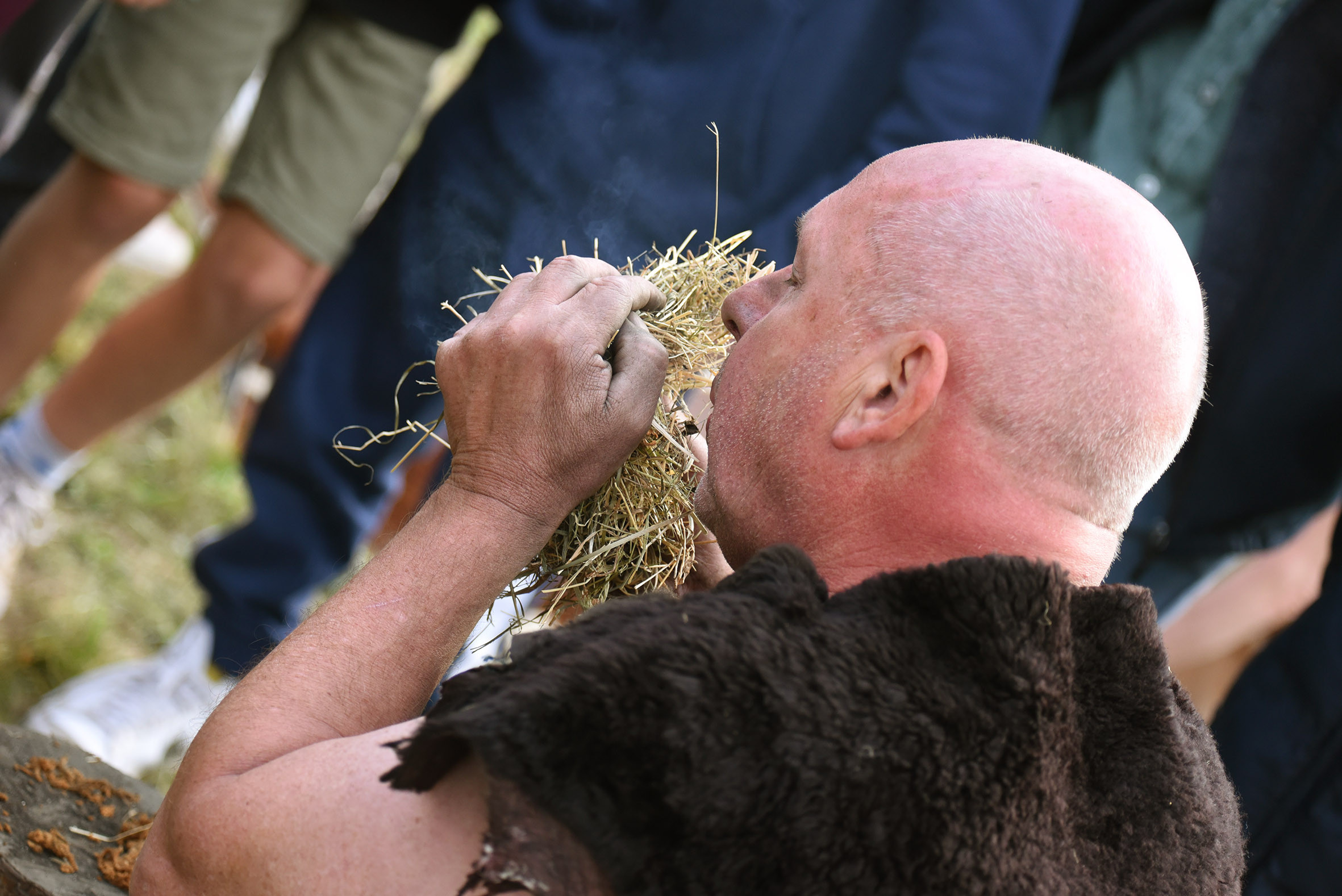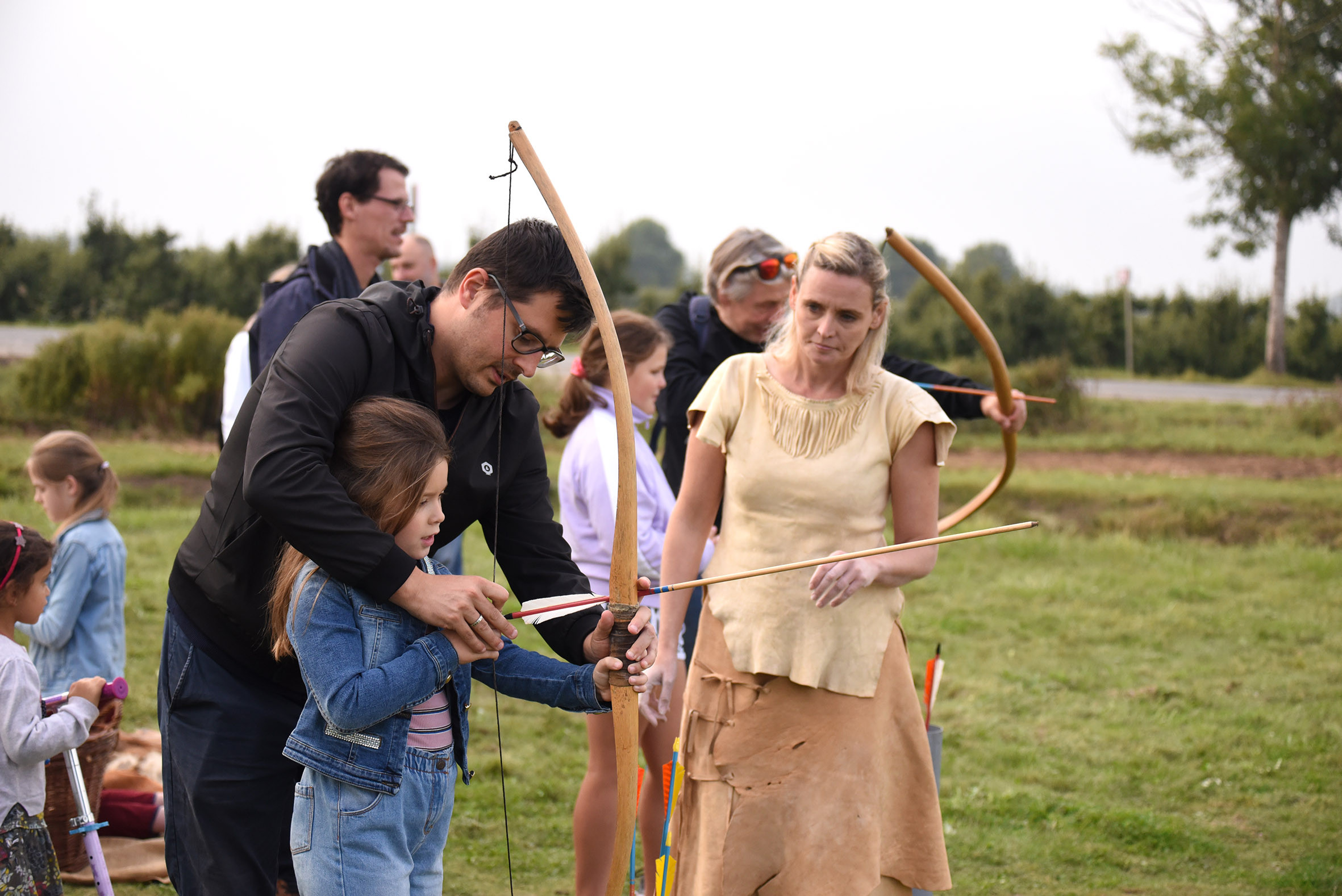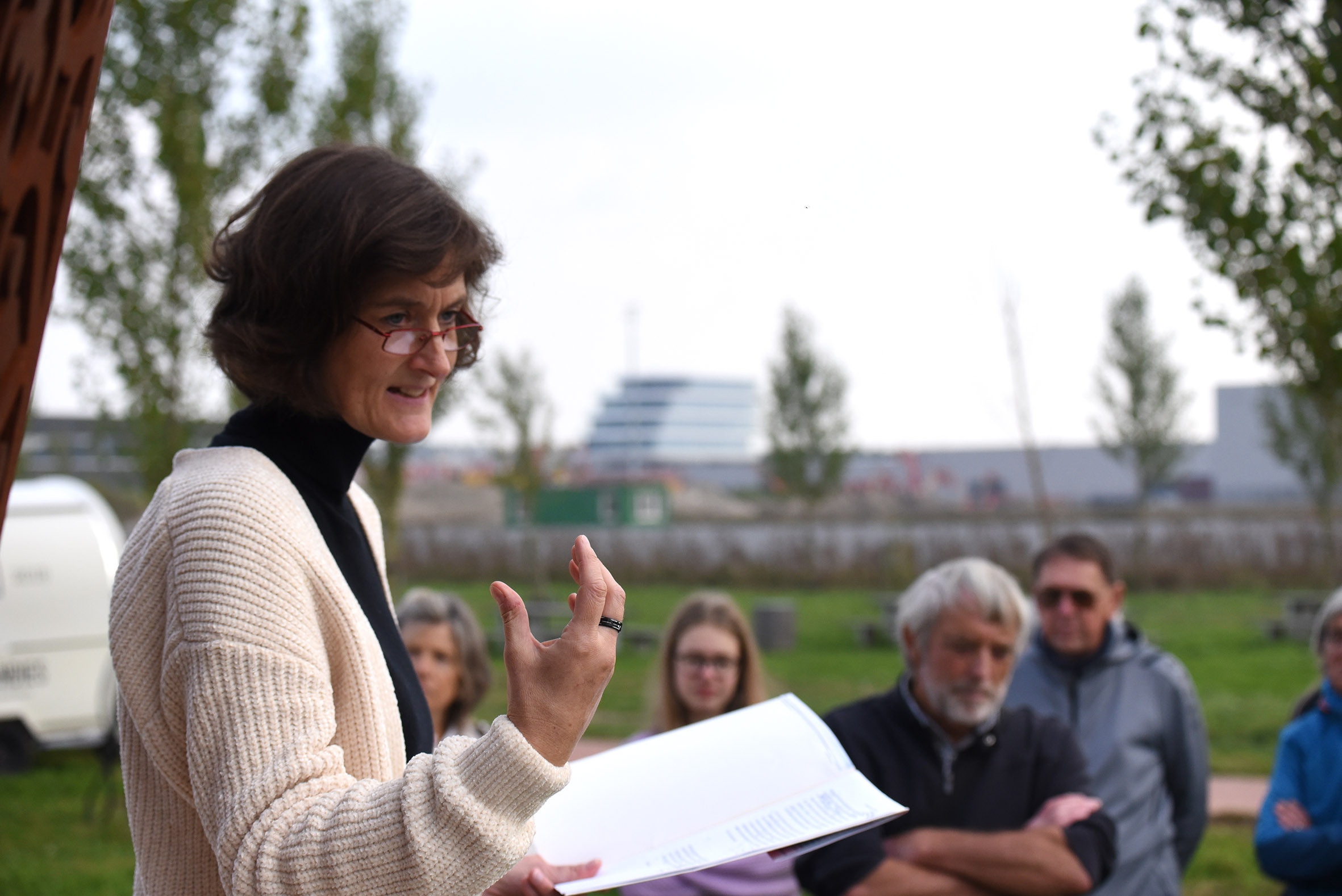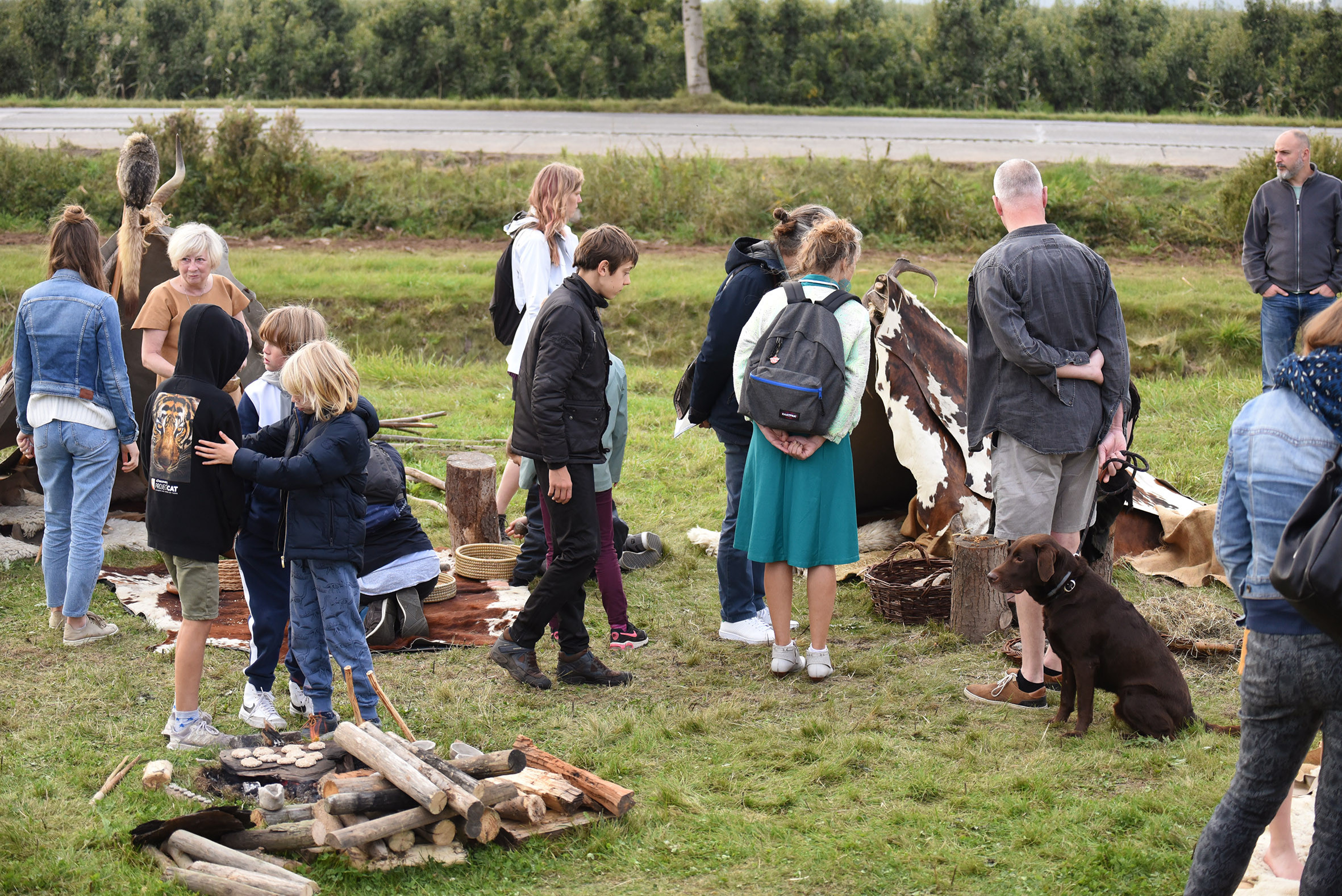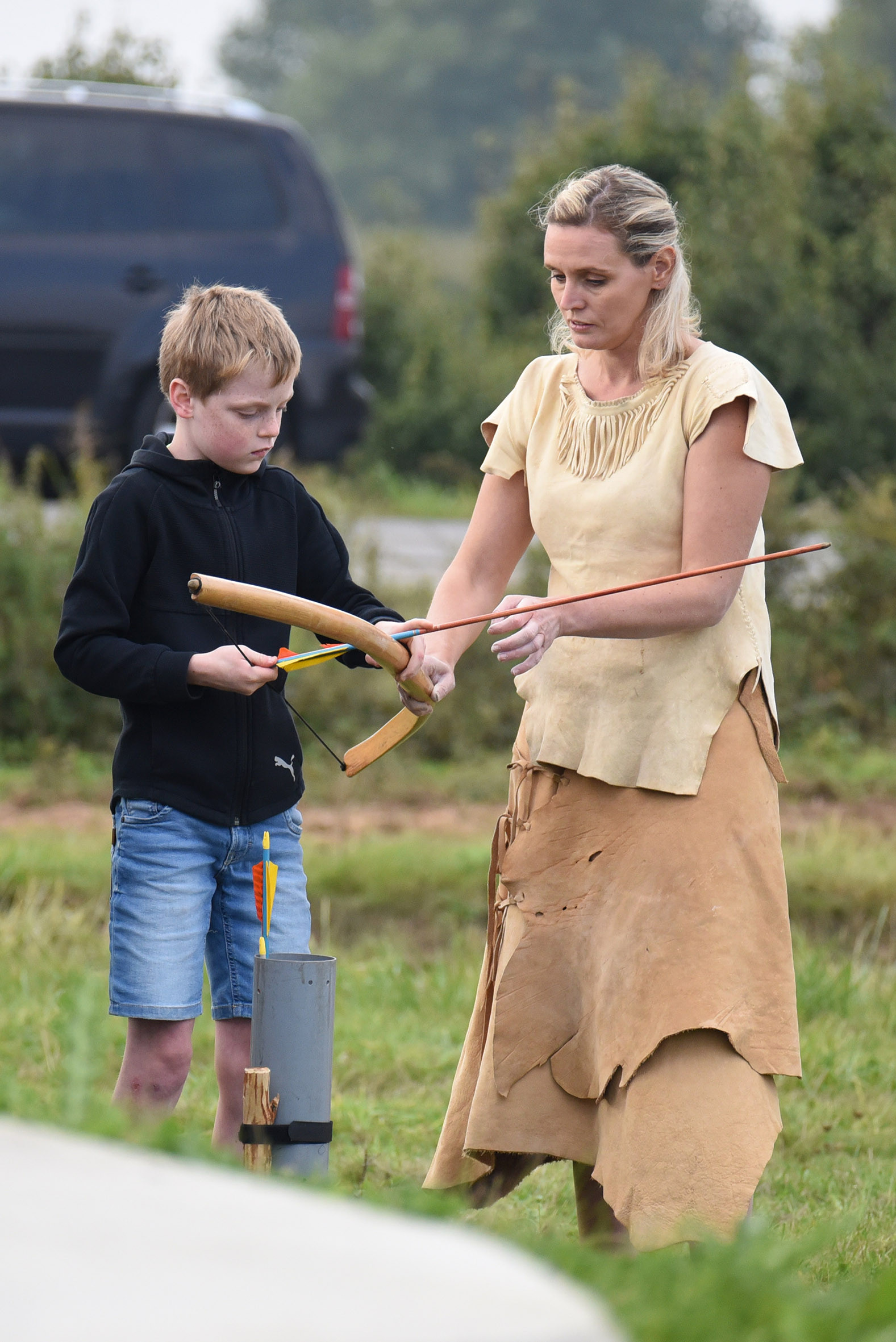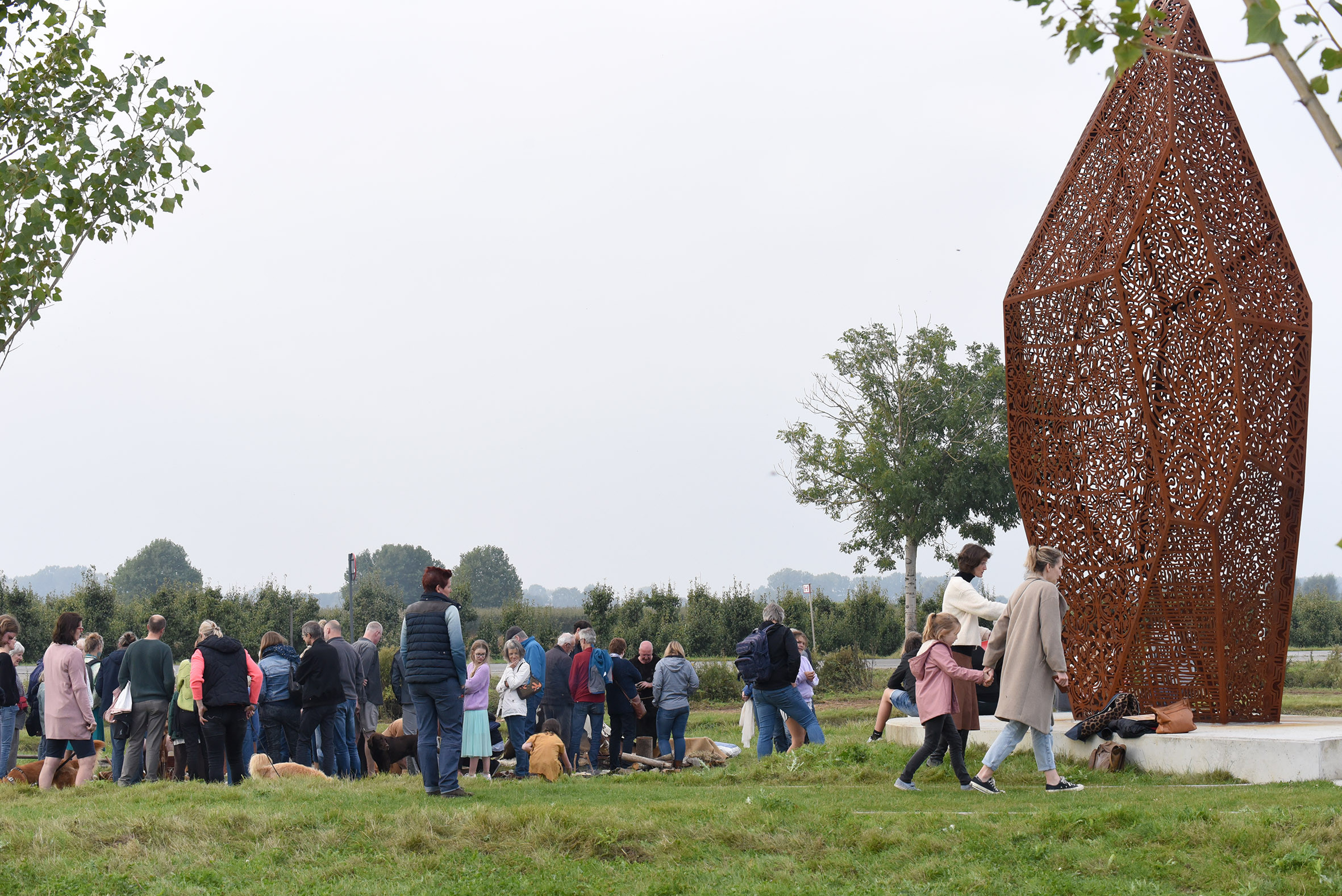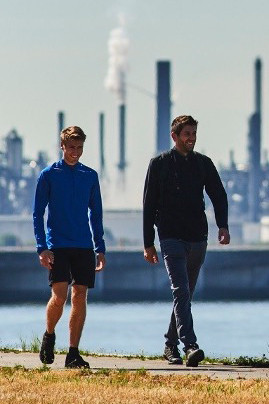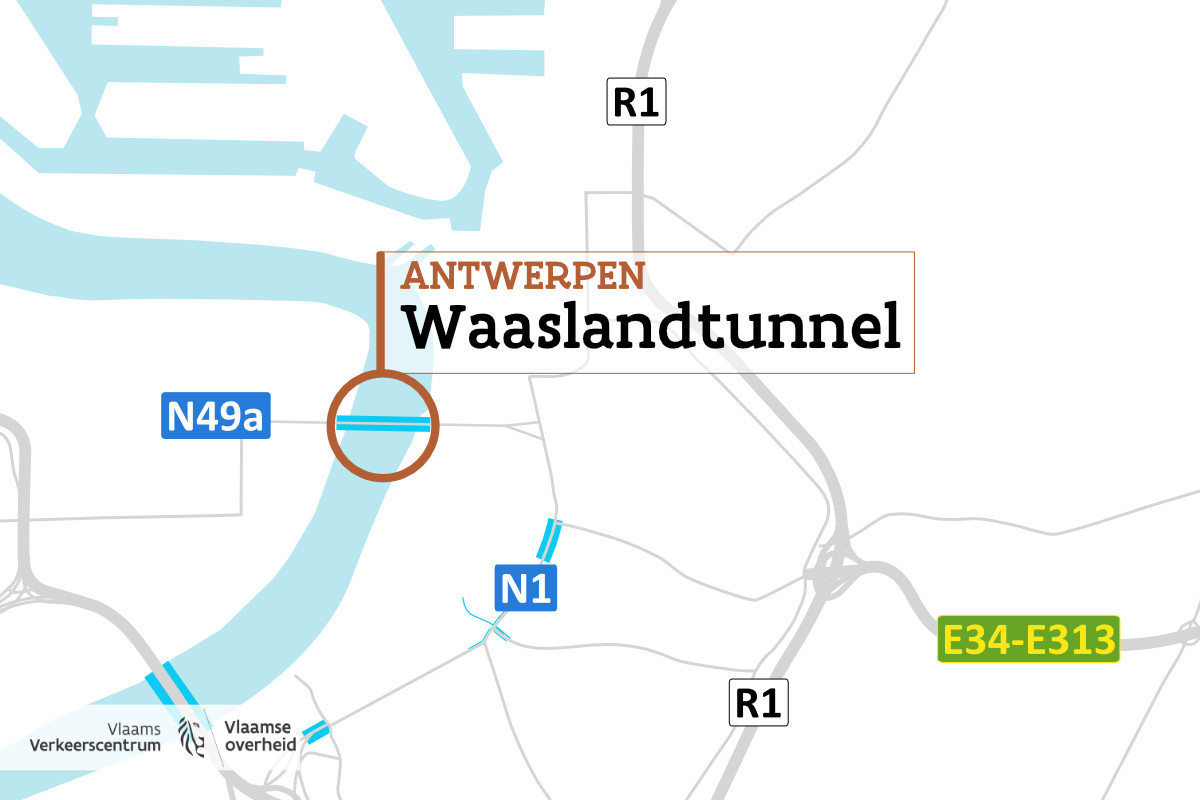BAKEN - a landmark for the Waasland Logistics Park
BAKEN was recently erected at the edge of the Waasland Logistics Park, phase West on the border between the port area and the polders. This work of art by Niko Van Stichel and Lut Vandebos refers to centuries of human presence and activity in this area.
-redactor.jpg)
How it all began
Before work could begin on the Waasland Logistics Park, phase West, an archaeological prospection was carried out in 2013-2014 within the framework of the Archaeology Decree. The results of this exploratory research showed that approximately 25 ha of the Waasland Logistics Park, phase West was an important Stone Age site. Traces from more recent periods showed that the site had also been used in the Middle Ages. This was reason enough to start a deeper investigation.
In 2015, archaeological research began on what turned out to be one of the largest Stone Age sites in Flanders. The fieldwork was completed in 2017.
All finds were extensively documented in a report, which is currently being finalised. The prehistoric finds date from the first half of the early Middle Stone Age (early Mesolithic, approx. 10,000 - 7,100 BCE), the beginning of the Middle Mesolithic period (approx. 7,100-6,450 BCE) and the new Stone Age (Neolithic period, approx. 5,000-2,000 BCE). The finds suggest that hunter-gatherers came to this location annually in a specific season and therefore did not stay here for extended periods.
Traces were also found from more recent periods:
- a few Roman coins, crockery, a tile fragment and the handle of a wine sieve dating from c. 270 CE;
- a medieval cooking pot, a dog’s skull, cart tracks and a field complex;
- 17th-18th century canals;
These finds indicate that this area was used rather than inhabited on a permanent basis.
Experience the stone age
To make the excavations and finds more tangible, an experience package 'Experience the Stone Age' was developed in 2017 in collaboration with BAAC Vlaanderen and Erfpunt. Between April and November that year, a time capsule on the site catapulted visitors back to the Stone Age. Afterwards, visitors were able to see for themselves how an archaeological study is conducted by watching an actual excavation. Archeo-workshops were organised for schools, so that pupils could see how archaeologists work on a stone age site and process their finds. The site was also open to visitors that summer. Workshops led by re-enactors gave people a taste of life in the Stone Age. Activities included teaching them how to make fire. In total, more than 1,000 people visited the excavation site. More than 20 classes from the Waasland region participated in an archeo-workshop.
If you would like to know more about the excavations, please visit the website https://gravenonderdewaaslandhaven.be where BAAC Flanders has documented the entire process. This is a must for any archaeology lover (Dutch only).
Opgravingssite Logistiek Park Waasland-fase West / Excavation site at the Waasland Logistics Park, phase West
The path towards a landmark for the Waasland Logistics Park
In order to keep the memory of the excavations and the numerous finds alive, MLSO decided to place a work of art on the site as an accessible landmark. And what a work of art it is! BAKEN is 6 meters high, and was inspired by the finds in the Logistics Park Waasland phase West. Furthermore, the direct neighbours of the Logistics Park Waasland were given the opportunity to contribute to it. BAKEN refers to the flint stones found on the site and is composed of more than 20 surfaces covered in lasered patterns.
In early 2020, MLSO and the artists asked their direct neighbours to help develop the patterns. The inhabitants of Verrebroek, Kieldrecht and Kallo were asked to submit photos of local decorative elements: old floors, carpets or wallpaper, plants or animals, historical elements from the villages, stained glass windows, coats of arms... Several neighbours sent in one or more sculptures, and the artists Niko Van Stichel and Lut Vandebos set to work. The images were enlarged and reworked to form an abstract reference to the original image, after which they were incorporated into the whole.
The end result is a 6 meter high 'flint' made of corten steel, a kind of steel [also known as weathering steel] that protects itself by gradually rusting over the years. BAKEN was placed on a small hill and a seating area was incorporated in its pedestal. This seating area is not just to allow people to take a long, leisurely look at BAKEN. It is also a reference to the past, when the location was used as a meeting place for hunter-gatherers. In this way, the landmark can once more become a place where people can meet each other. In yet another reference to the Stone Age, BAKEN is lit up with a red spotlight at night, which gives the impression that a campfire is burning.
See how BAKEN came about (2').
Local historical decorative elements processed into patterns
At the beginning of 2020, several local residents sent in images of decorative elements that, for them, are inextricably linked to the history of the villages and their surroundings. Below you can see some examples of how Niko Van Stichel and Lut Vandebos creatively processed these images into the patterns you can recognise today in BAKEN.
Close up van een locatie nabij de Kallosluis / Close up of a location near Kallosluis (c) Lut Vandebos
Technical specifications
- Dimensions: 600 x 350 x 150 cm
- Material: Corten steel (6 mm)
- Weight: 3.000 kg
- Composed of more than 20 separate planes
- Designs based on archaeological finds and local decorative elements
- Inauguration: December 16, 2020
Havenland – absolutely astonishing
Havenland: this is the Antwerp port area with its surrounding municipalities on the left and right banks of the Scheldt river. Havenland wants to expand its educative and recreational services to...

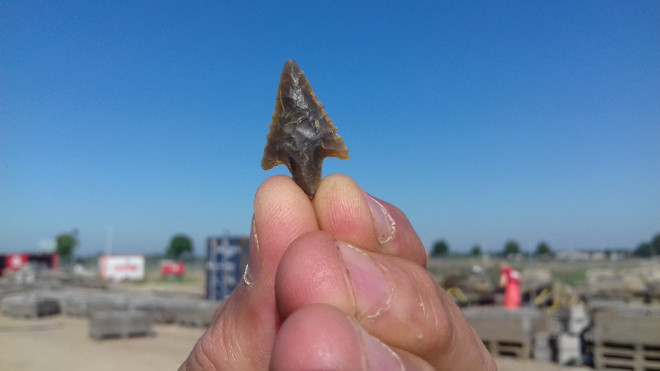
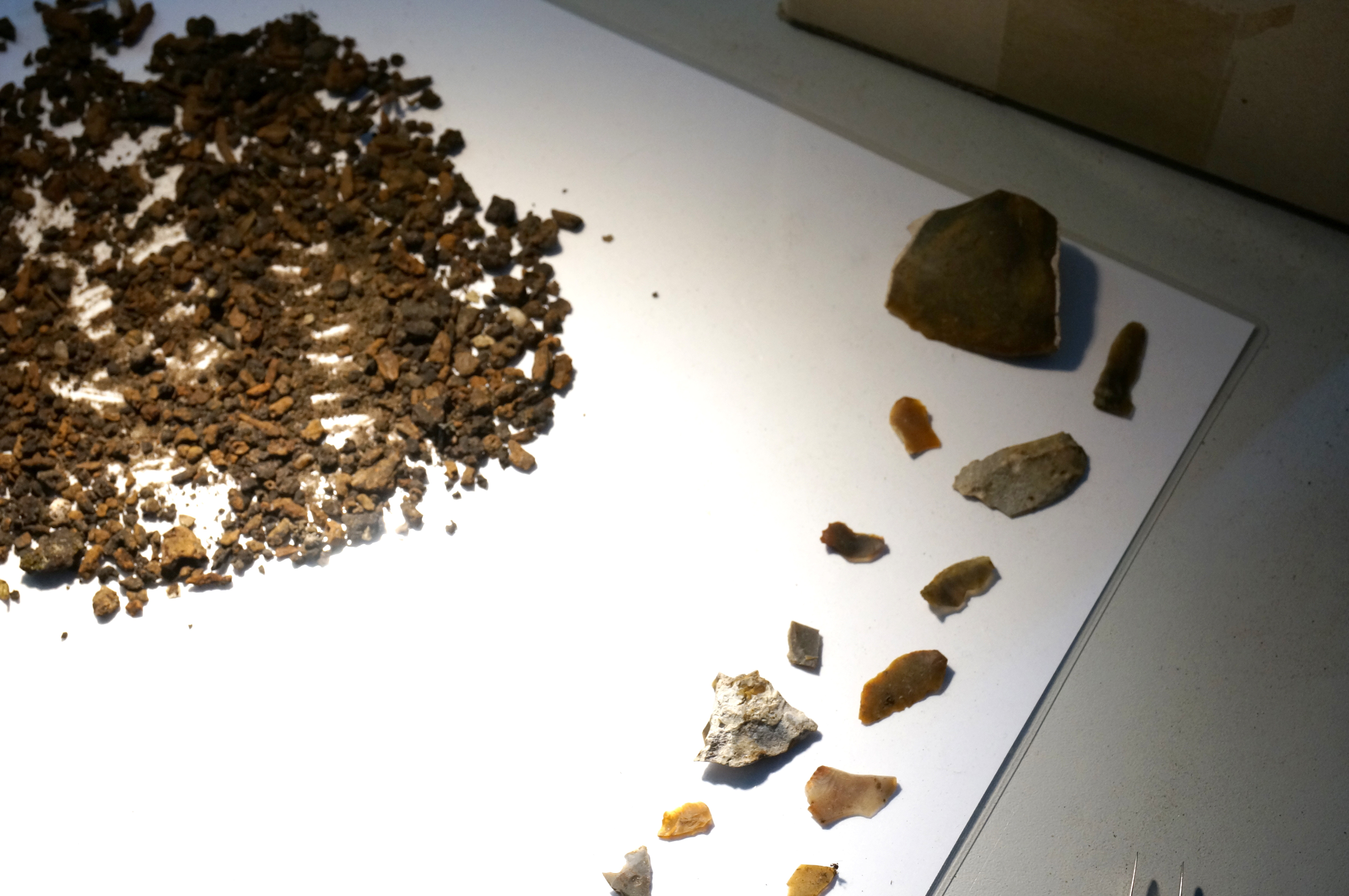
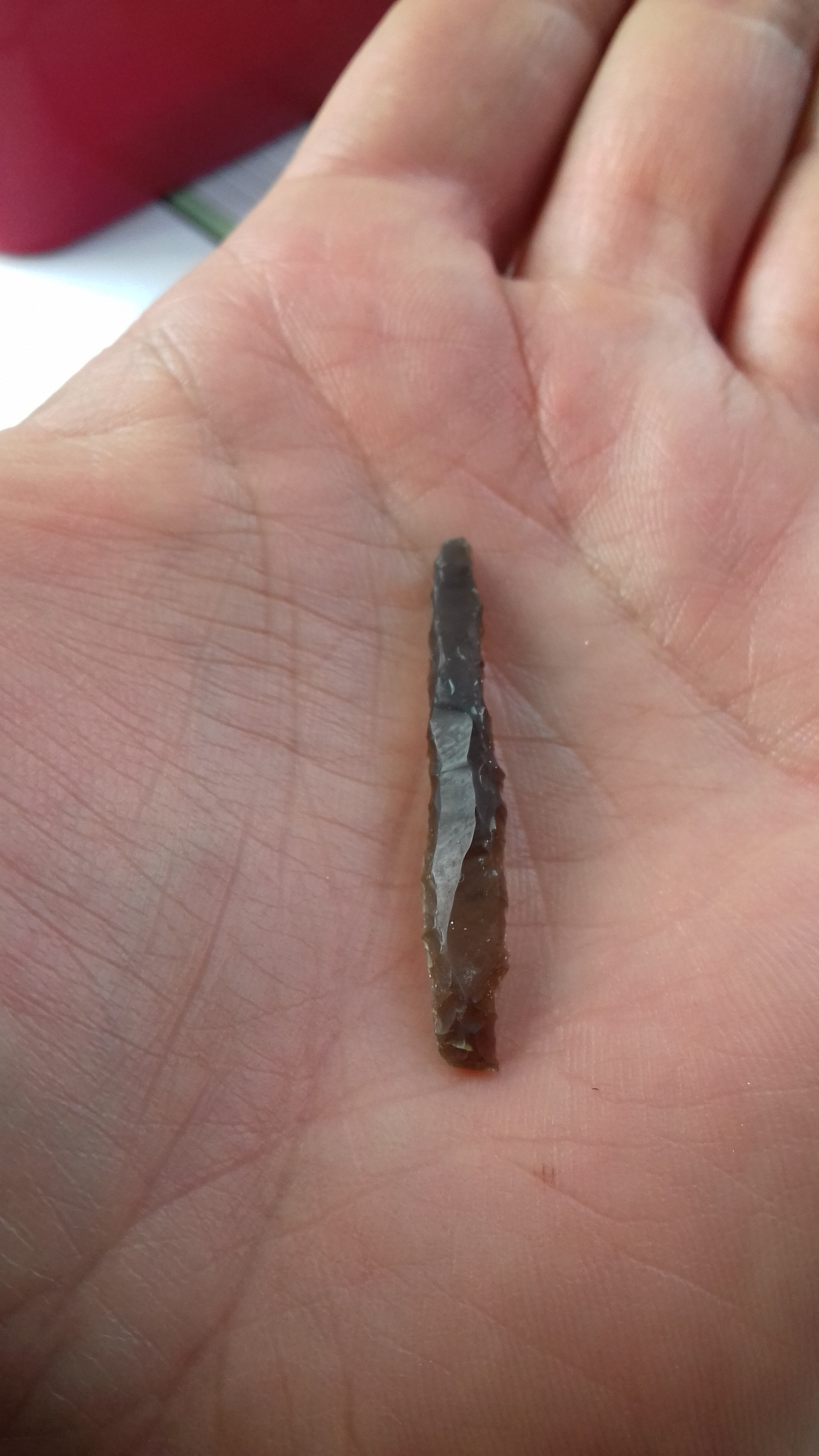


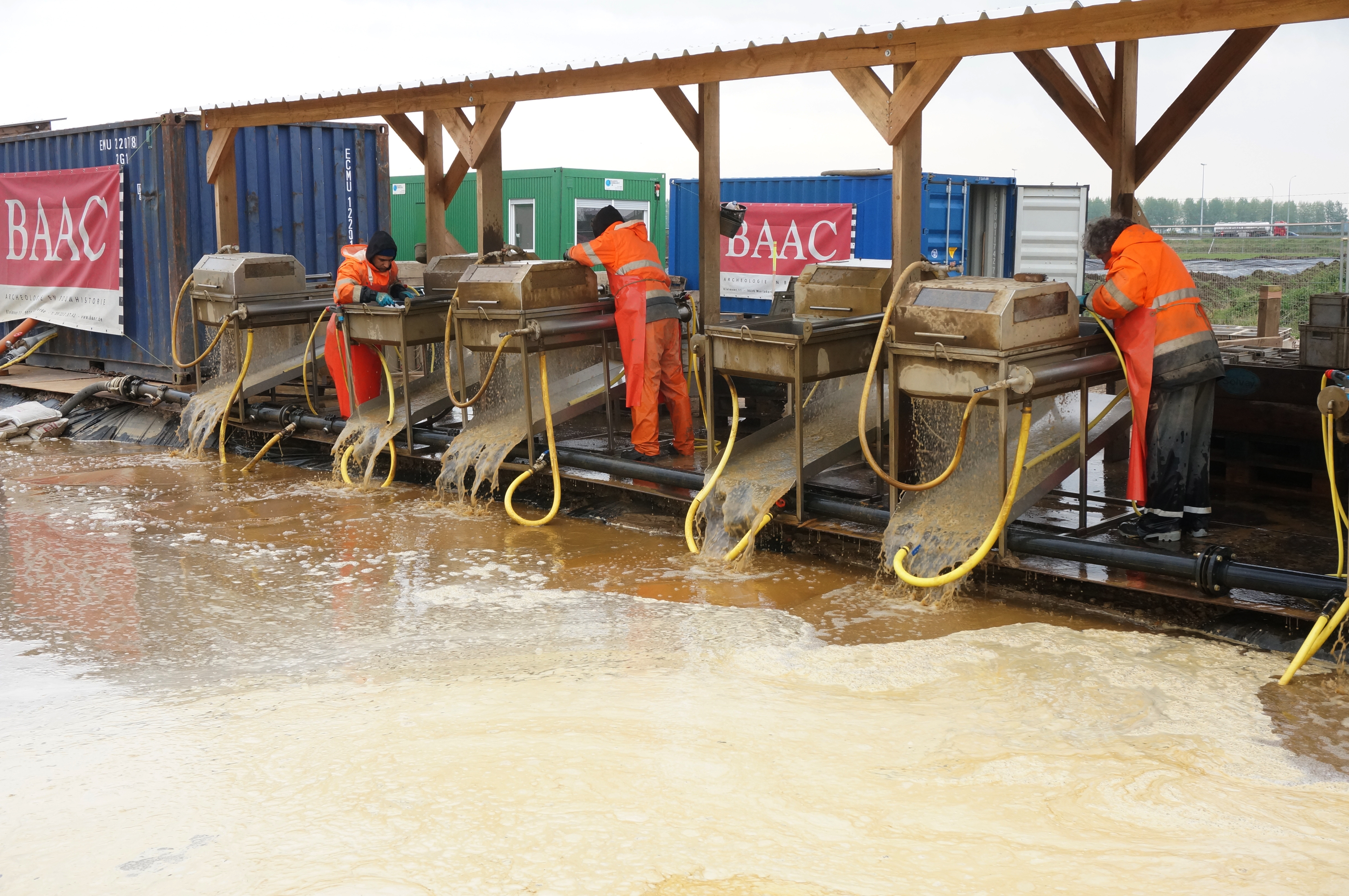
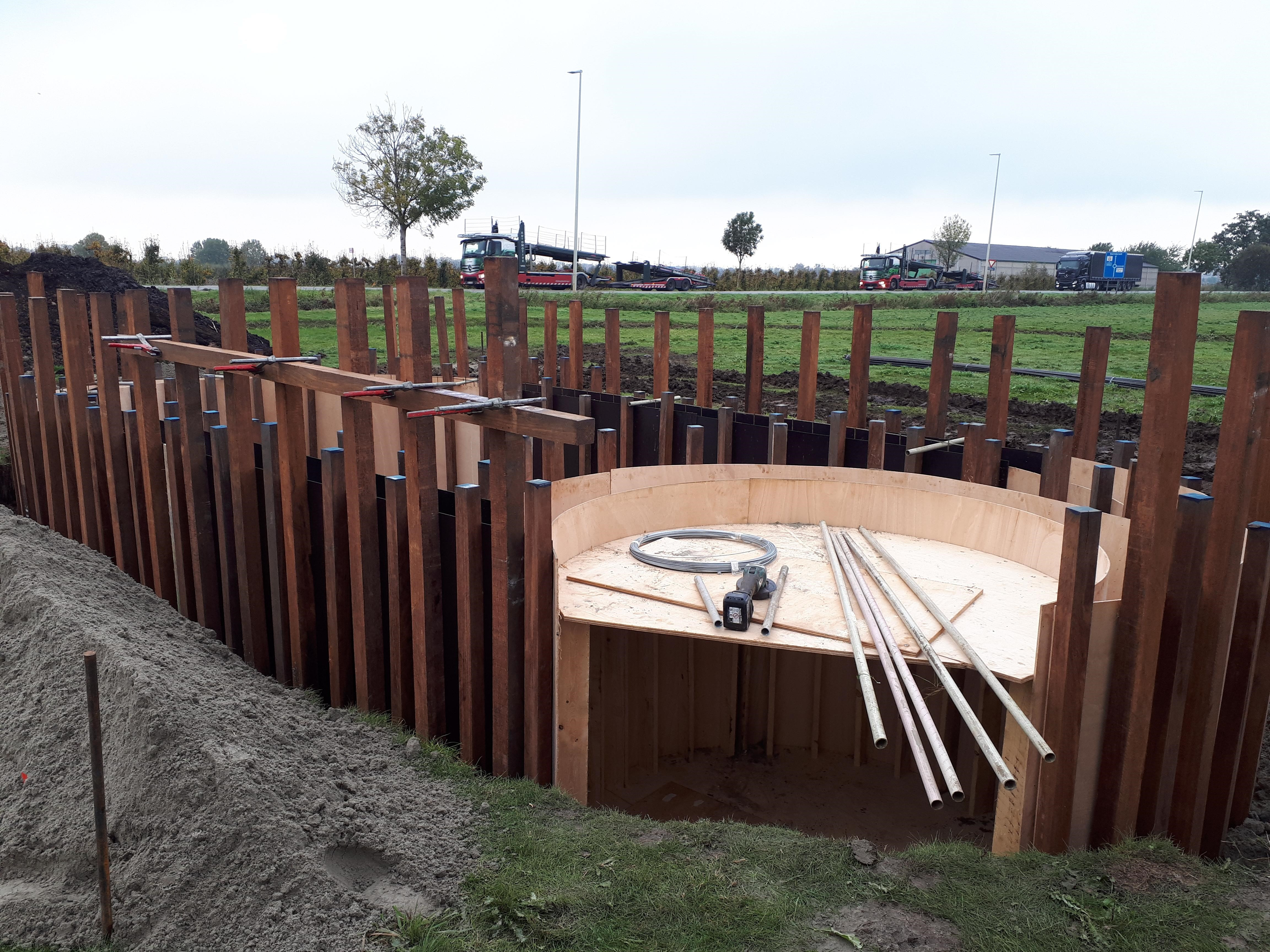
-responsive.jpg)
-responsive.jpg)
